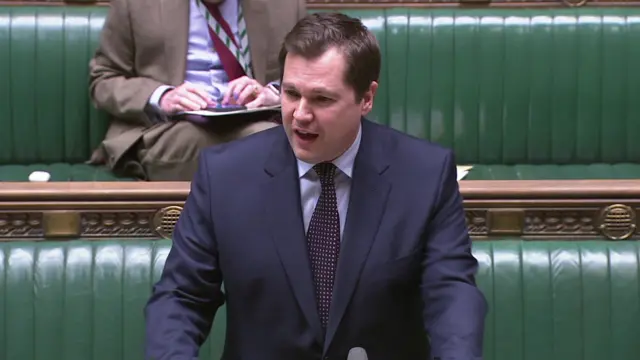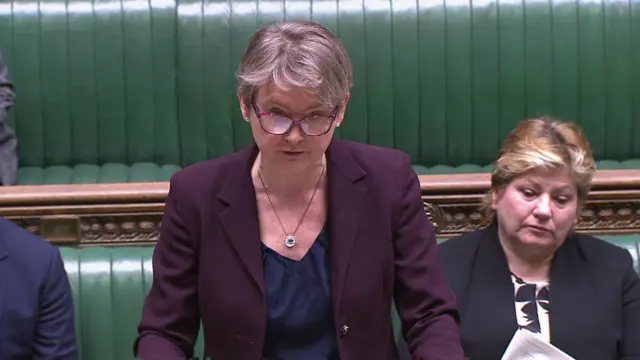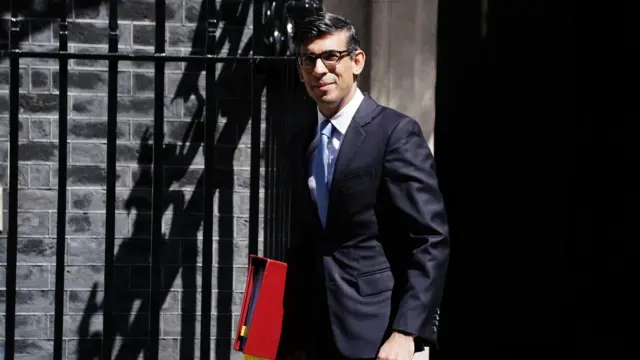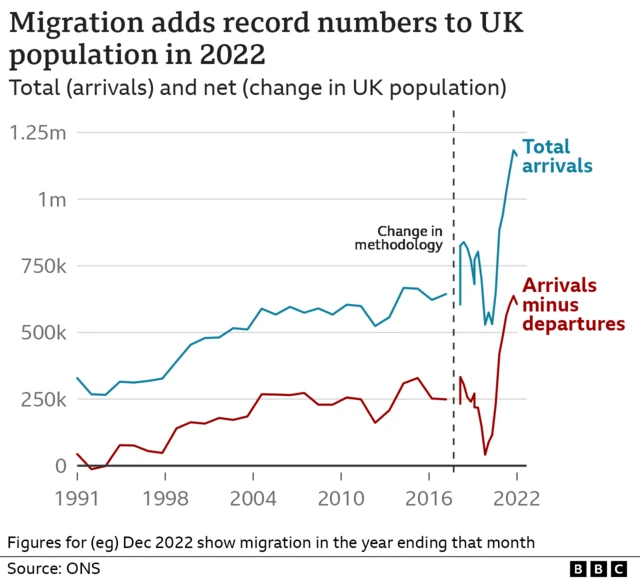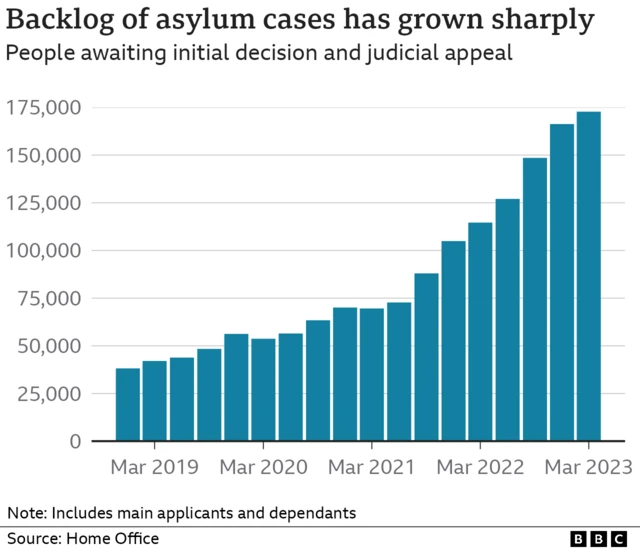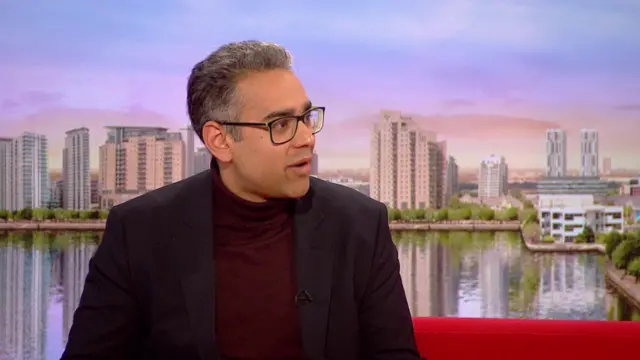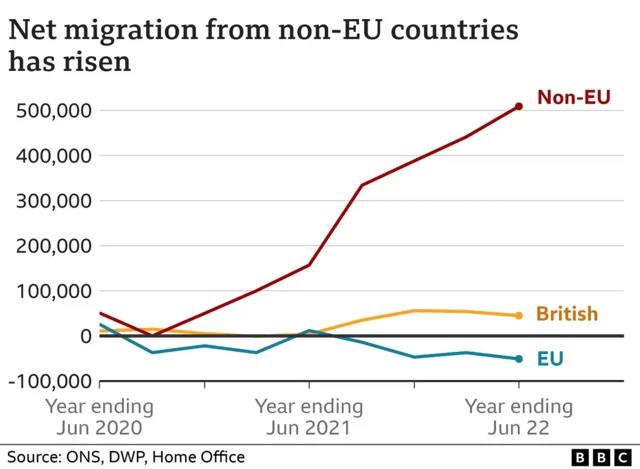What is the points-based migration system?published at 11:59 BST 25 May 2023
 Tom Edgington
Tom Edgington
BBC News
At Prime Minister’s Questions yesterday, Prime Minister Rishi Sunak and Labour leader Sir Keir Starmer clashed over the government’s migrant worker visa scheme.
Most people wanting to work in the UK have to apply for a visa through a points-based system, external (PBS).
A points system was first adopted by the Labour government in 2008 and applied to migrants from non-EU countries. It was then overhauled by the Conservatives after the Brexit vote.
The current PBS - which now covers EU and non-EU migrants - was launched at the end of 2020.
To qualify for a skilled worker visa, at least 70 points are required. Attributes such as English language skills and qualifications earn points towards that total. Points would also be awarded if an applicant's job pays at least £25,600 a year.
There are some exceptions. Certain jobs listed on the “shortage occupation list” have a lower salary threshold - making it easier for applicants to gain the required points.
This allows employers to fill vacancies more easily. If granted, the visa lasts up to five years before it needs renewing.
Read more about the system here.
